The Organic Growers School’s second Harvest Conference on Saturday, Sept. 12, offered 26 workshops focused on fall and winter growing, cooking, fermentation and preservation, self-reliance, herbal medicine and homestead skills.
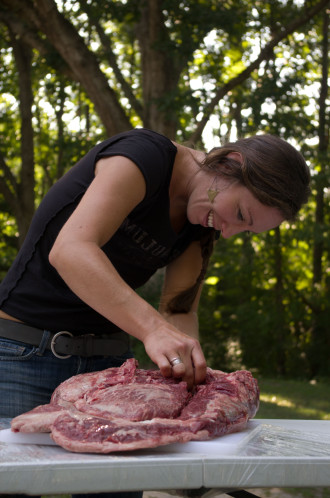

The Organic Growers School’s second Harvest Conference on Saturday, Sept. 12, offered 26 workshops focused on fall and winter growing, cooking, fermentation and preservation, self-reliance, herbal medicine and homestead skills.
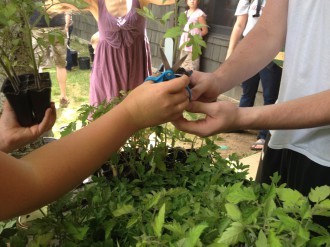
U Grow, a partnership between Bounty & Soul and Eat Smart Black Mountain, offers a hand-to-mouth approach to food security by encouraging families and individuals to grow their own food.
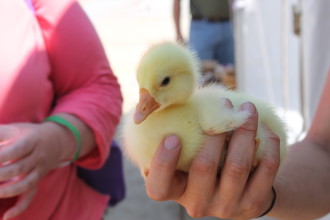
Mother Earth News Fair offered no shortage of activities, workshops and vendors to educate and entertain attendees over the weekend of April 11 and 12 during the magazine’s second annual event at the Western North Carolina Agricultural Center.

Author Philip Ackerman-Leist is among the presenters recruited from around the country to conduct workshops at the Mother Earth News Fair coming to Western North Carolina Agricultural Center on April 11 and 12, 2015. Ackerman-Leist is the Program Director for Green Mountain College’s Master of Science in Sustainable Food Systems.
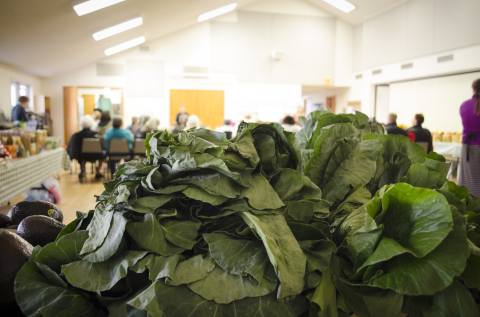
From the Get It! Guide: According to MANNA FoodBank’s 2014 Map the Meal Gap study, food insecurity affects 15.3 percent of Western North Carolina. But several local efforts are looking to stop hunger in WNC, bringing the battle to the fields, the pantries, the neighborhoods and even city hall.
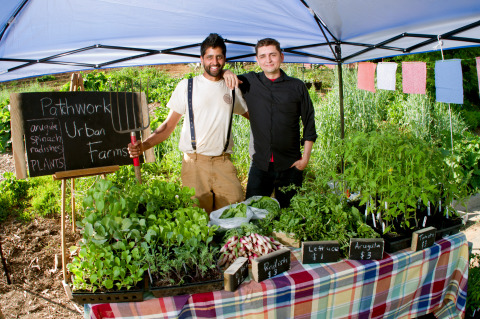
From the Get It! Guide: The process of becoming an urban farmer offers a quick learning curve full of chances for success or for failure. Start your journey by learning how to navigate the restrictions, requirements and resources of an urban farmer.
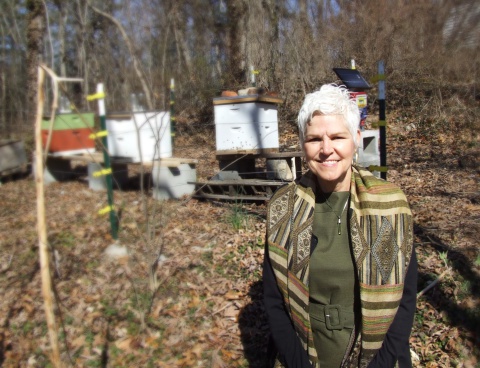
From the Get It! Guide: Ever doubt that a small group of thoughtful citizens can change the world? Well, according to Bee City USA founder Phyllis Stiles, the evidence of our power to change our environment for the better is literally (buzzing) all around us.
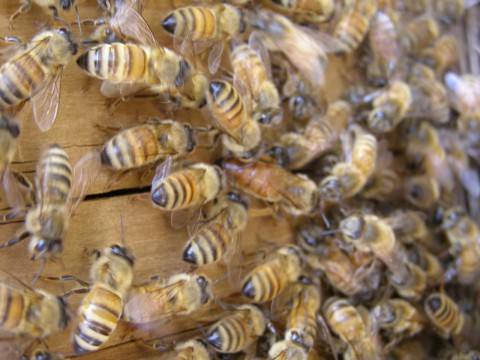
Over the weekend, a dedicated crowd of aspiring beekeepers (or “beeks” as they are affectionately called) gathered at the Folk Art Center for the 2015 Basic Beekeepers School, or “bee school.”

The “largest locally-run sustainability conference in the Southeast” returned to Asheville this past weekend, offering attendees the opportunity to learn about a variety of gardening, homesteading and commercial farming topics from a wide-range of experts.
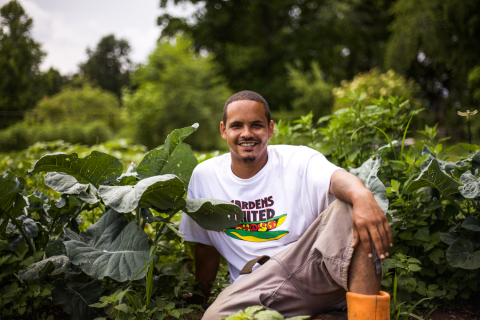
From the Get It! Guide: Sir Charles Gardner, a founding member of Gardens United, talks about food and building community through agriculture.
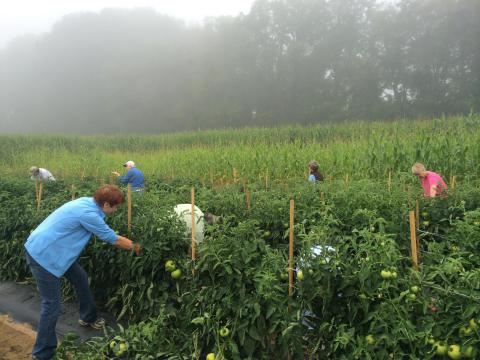
For many of us, when we think of preserved foods, we picture our grandparents carefully canning tomatoes from their garden, or the menu at a trendy restaurant featuring sauerkraut or pickled quail eggs. But imagine what food preservation means to someone experiencing food insecurity or to a donation grower faced with excess produce rotting in the field, and the image becomes something quite different.
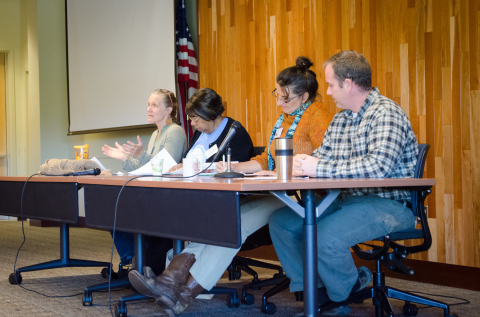
Gardeners from across the state assembled for the third annual N.C. Community Garden Partners annual conference on Oct. 25, in the Sherrill Center at UNC Asheville. This year’s conference focused on “Growing Garden Connections” with panels centered on creating opportunities for collaboration and partnerships between gardens as well as community organizations.
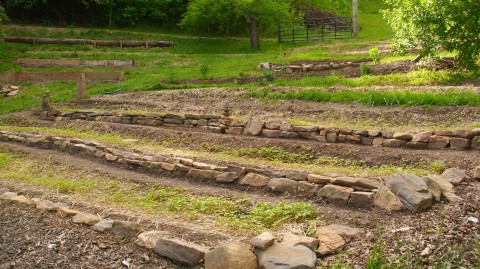
N.C. Community Garden Partners will hold their statewide conference in Asheville on Saturday, Oct. 25. Learn more about the conference and its speakers in our previews this week — starting with Randal Pfleger of Grass to Greens.
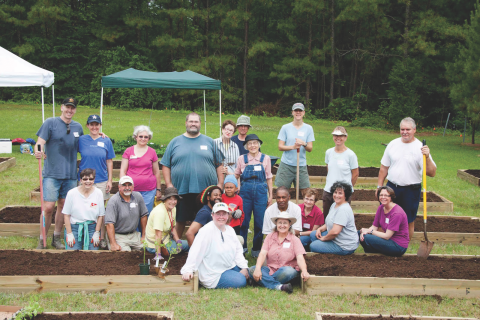
You may think the end of summer means a well-earned break from the fields and farms. But for community gardeners, both from WNC and across the state, autumn will be a time to share ideas and dream up innovations as they assemble for the N.C. Community Garden Partners conference, taking place on Saturday, Oct. 25, at UNC Asheville.
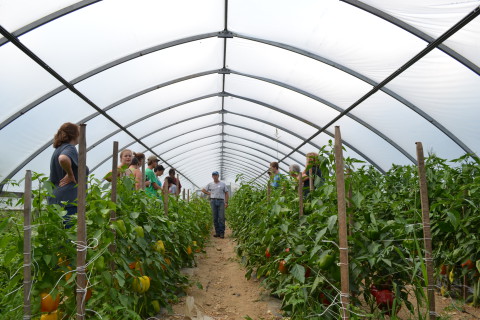
The first annual Organic Growers School Harvest Conference took place Friday, Sept. 5 and Saturday, Sept. 6, at Warren Wilson College and A-B Tech. The workshops guided participants from the active growing season, when produce and food are abundant, toward the more barren winter months when fresh garden products dwindle.

More and more of Asheville’s downtown dwellers are finding creative ways to use their urban spaces for growing food. Russell Thomas, owner of the Flatiron Building, tells Xpress how he and his staff are converting the rooftop of the historic building into a hydroponic and raised-bed garden that is a source of both veggies and renewable energy for the building and its businesses.
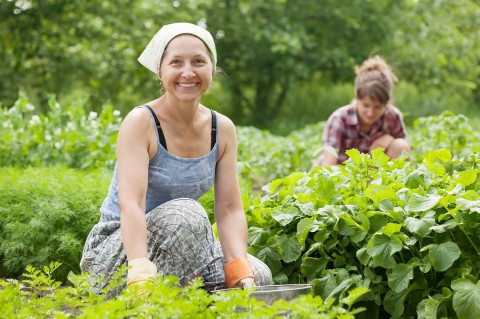
Organic Growers School will hold its first annual Harvest Conference at A-B Tech on Saturday, Sept. 6. The event strives to give urban farmers, homesteaders and backyard growers successful tips for fall and winter growing through workshops.
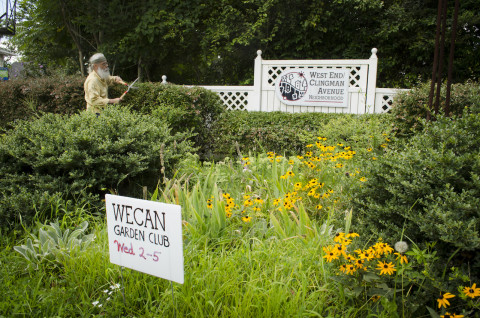
Many gardens in Asheville rest on public property that was once overgrown and unused. These spaces have been transformed but the methods that brought the transformation sometimes differ. Some gardeners in Asheville have taken their spots through guerrilla gardening. In some ways it’s comparable to being a graffiti artist or even a squatter, but some say it’s preferable to jumping through the hoops of bureaucracy.
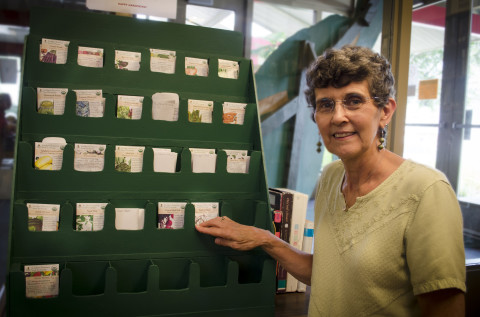
The premise of a seed library is relatively simple — patrons of the library “check out” their selections to grow the season’s crops and then return usable seeds from their harvest at the end of the season. The goal is to provide a free source of locally adapted crops and contribute to the biodiversity of local agriculture. Ideally, as the seed library continues to operate, the number of seeds and varieties available will continue to increase.
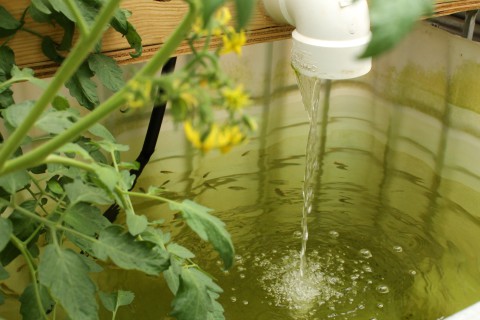
It’s a cycle known as aquaponics, which uses dual-tanked plant-and-fish habitats to create a symbiotic environment and a sustainable system that mimics the natural world. One tank holds the fish; the other, the plants. A pump flows water between the two, aerating the water in the process. Along with hydroponics — a similar idea that focuses solely on raising vegetation — it’s a creating an alternative to traditional in-soil farming.
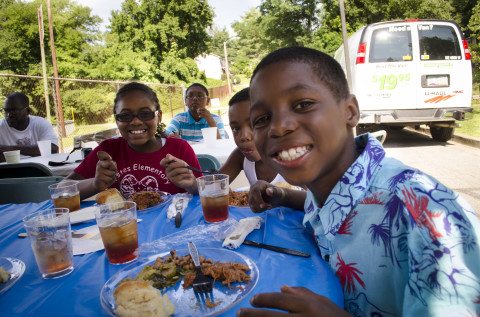
The Shiloh community celebrated their annual community garden potluck and summer celebration on Saturday, July 27. This year’s gathering was of particular significance to the community, as it marked the dedication of the garden’s new amphitheatre and outdoor kitchen.